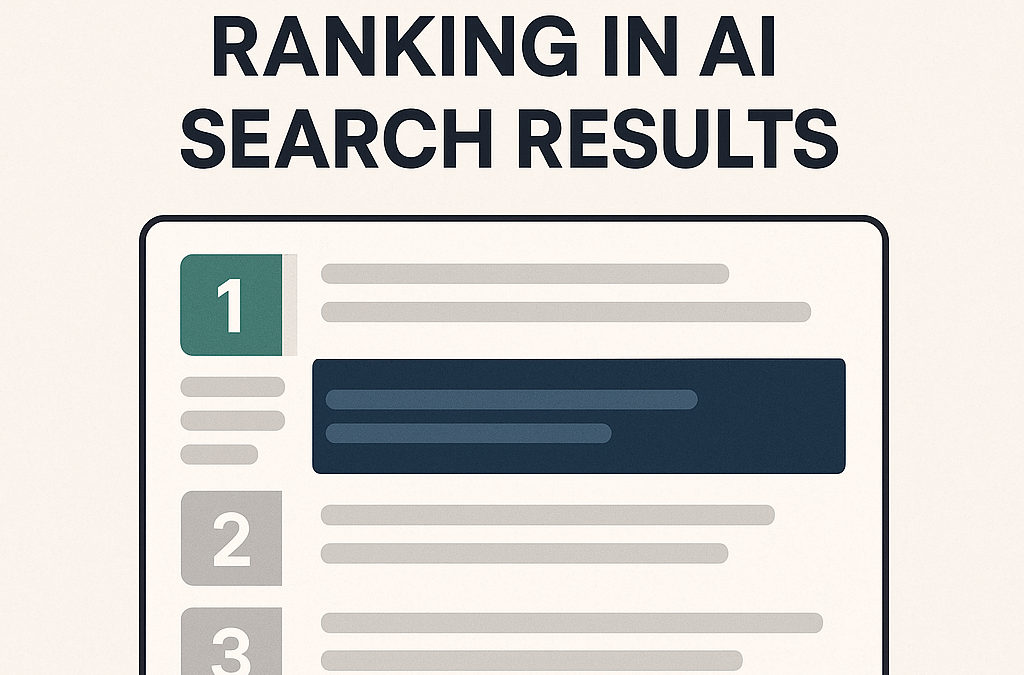This month, Google announced two pivotal updates: the “October 2023 Core Update” and the “October 2023 Spam Update.” This third core update for the year comes after the March and August releases, and both are expected to be fully rolled out over several weeks.
Insights on Google’s Core Algorithm Updates
Google frequently updates its core algorithm to boost search quality and prevent system exploitation.
These changes can have significant effects, such as altering website rankings and SERP visibility.
For optimal outcomes, webmasters should consider the following:
- Routinely refine web content to enhance its value and relevance.
- Stay abreast of Google’s guidelines and industry shifts.
- Exercise patience as the changes take effect.
While Google’s algorithm updates can be challenging to navigate, with the right strategies and a proactive approach, webmasters can continue to thrive, and grow their online presence.
Essential Points on Google Core Algorithm Updates
Navigating the ever-evolving landscape of search engine optimization requires a keen understanding of Google’s algorithmic shifts:
- Frequency: Google releases several updates each year, each focusing on varied algorithm components.
- Impact: Rankings can see changes, affecting different websites in different ways.
- Recovery: Should rankings drop, it’s imperative to assess and make necessary changes.
- Content Quality: Emphasis is on high-quality, relevant content.
- User Experience: Aspects like website speed, mobile-friendliness, and user navigation are critical.
- E-E-A-T: Establishing expertise, authority, and trust is vital for better rankings.
- Adapting: Keeping up with changes in the search algorithms is crucial.
In this digital dance with Google, staying informed and being adaptable are the steps to mastering the rhythm.
Highlights of the October 2023 Spam Update
Google aims to accomplish the following with this update:
- Deliver a cleaner search experience by refining its algorithm.
- Enhance spam detection, especially in languages like Turkish, Vietnamese, Indonesian, Hindi, and Chinese.
The update particularly targets “black hat” tactics such as:
- Cloaking.
- Hacked content.
- Auto-generated content.
- Scraped content.
This initiative was driven by feedback from the community on increased spam results. Google is keen on keeping search results spam-free.
Google’s Anti-Spam Techniques
Google combats spam by using the following methods:
- Using both automated systems and human reviews.
- Implementing tools like “SpamBrain,” which harnesses AI and machine learning to spot new spam strategies.
- Conducting frequent updates to stay current with emerging spam trends.
For sites impacted by these updates, rechecking Google’s guidelines for compliance is advised. Areas Google Identifies as Spam:
- Hidden Elements: Texts or links unseen by users but detected by search engines.
- Low-Value Content: Automatically generated content offering little to users.
- Content Theft: Unauthorized, mass content scraping.
- Ad Overload: Pages cluttered with intrusive ads, detracting from the user experience.
- Shallow Affiliate Pages: Content with a primary focus on monetization.
- Deceptive Practices: Tactics such as cloaking, sneaky redirects, and misleading “doorway” pages.
- Unethical Commercial Practices: Deceptive product or service claims.
In the 25 years since Google launched, its aim has been the same: deliver quality results. So trying to game the system will ultimately lead to the demise of your website and online presence. If you’re using any of the above tactics, now’s the time to stop.
The Path Forward
SEO is always evolving. While core updates can lead to ranking changes, persistent efforts, and patience remain crucial. The recent spam update will also require a few weeks for complete integration. Google encourages user feedback to enhance its anti-spam measures and continues to adapt its strategies based on user insights.
Source: Search Engine Journal









